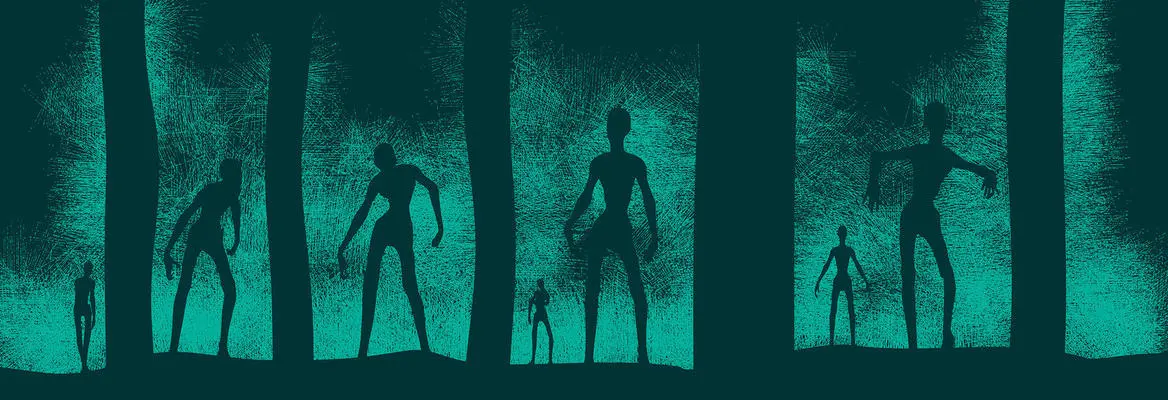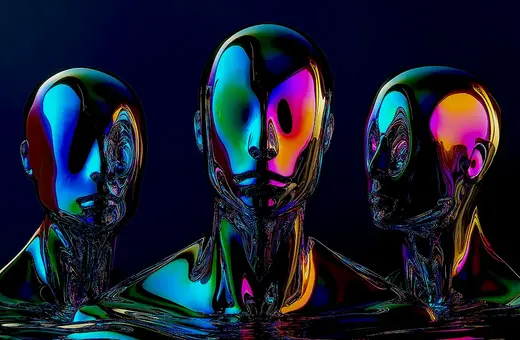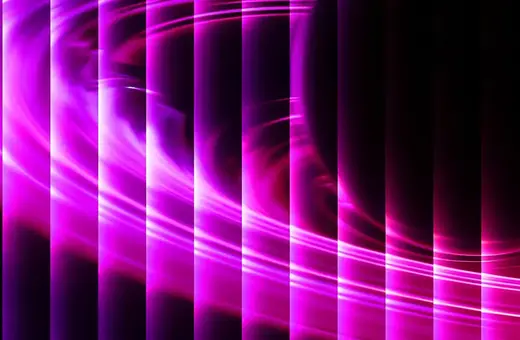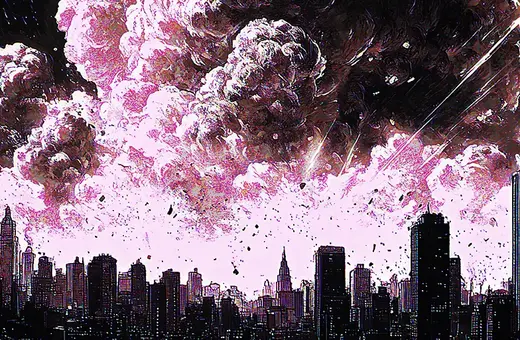When you think of monsters, you might imagine the dragons coiled menacingly atop hordes of gold, the lion-headed chimaeras of ancient mythology, or the lurching bulk of Dr. Frankenstein’s creation. Monsters are things that don’t exist except in the realm of stories and fairy tales - they are the stuff of make believe. We tell tales of bogey men to scare children into behaving, or indulge ourselves with the escapism of fantasy films. After a couple of hours the monster is gone, the film is over, and the brightly-lit, monster-free world returns? Not quite.
What is going on in the world right now with the global COVID-19 pandemic shows just how prevalent monsters still are, even though we might like to think that science has everything taped. The thing is, monsters are not things that exist externally, they come from inside our minds, they are integral to the way that we see the world. And there are plenty of monsters haunting us at present.
Traditional monsters, or monsters in stories, are usually ‘out there’. They come from distant times and places, exotic lands beyond everyday experience or long ago from which they cannot reach us. They are safely encapsulated in books, films, and stories, media that we can choose to indulge in or put down at a moment’s notice, shutting the monsters away. Maps used to be drawn with lands beyond the known world filled with all manner of fantastical things: dog-headed men, cannibals, phoenixes, or vast sea beasts cavorting across the waves. Medieval cartographers labelled unknown regions with ‘hic sunt dracones’ – here be dragons – signalling that these were mysterious places, where the things beyond nature stalked. If they did stray too close, they were rapidly excised, as in the witch craze of the sixteenth and seventeenth centuries and its hysterical rash of public executions.
Monsters are things that embody our anxieties and fears, transgress our boundaries and mix up categories. They reveal what these fears and anxieties are.
But why is this? Why did the dragons never come to perch on the roof of the Town Hall or the unicorns stroll through people’s gardens? Why is there never a bogey man when you actually look under the bed? Well, a thought about what a monster is might explain that. Monsters are things that embody our anxieties and fears, transgress our boundaries and mix up categories. They reveal what these fears and anxieties are. We give them physical forms in our imaginations, but we also do not like to face them. We have always placed them as far away from us as we are able to. Life is easier that way. More recently, though, especially from the 20th century, monsters evolved. They were no longer things that could be placed safely at arm’s length. They could not be used simply as scapegoats. We began to realise that monsters, or monstrosity itself, was something inside us. That we, ourselves, contain monsters. It explains why we enjoy indulging in monster media so much. Because it allows us to face them temporarily, get the thrill of fright, and then forget all about them in the light of day.















Join the conversation